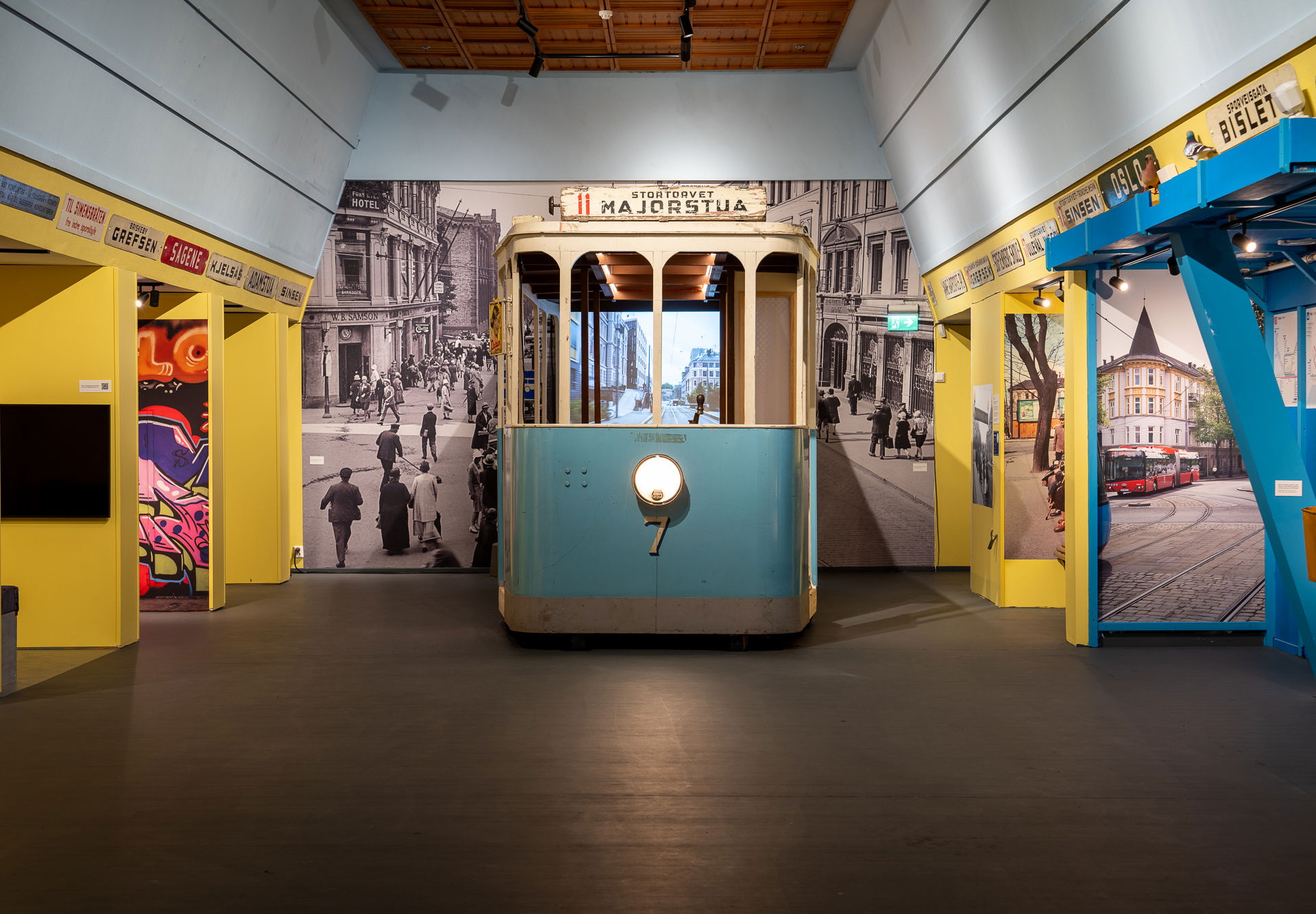
An exhibition for the whole family. Step inside the big tram model, and explore the city's transport history in a fun and visual way.
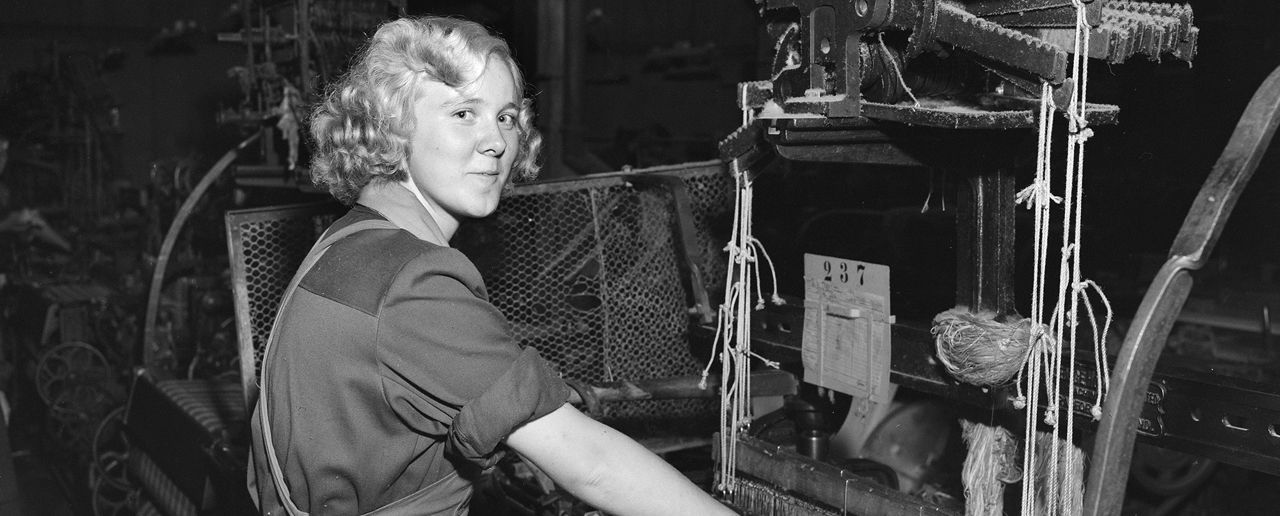
The industrial revolution in Norway took place by the river Akerselva from the mid-1840s. At Sagene and in Nydalen, Norway’s first textile factories were established. Get to know the story through four different voices.
The Labour Museum, Sagveien 28
Permanent exhibition
An entrepreneur, a maiden, a factory worker and a political agitator tell the story of the industrial revolution in Oslo and Sagene. Although the four different people played important roles in their own way, their work was very diverse. They represent different walks of life and different aspects of the industrial heyday and its history.
The industrial revolution in Norway took place by the river Akerselva from the mid-1840s. At Sagene and in Nydalen, Norway’s first textile factories were established. The exhibition aims to convey this story through the people who worked at these factories, lived in the area and experienced the industrial revolution themselves.
Photo: Leif Ørnelund / Oslo Museum
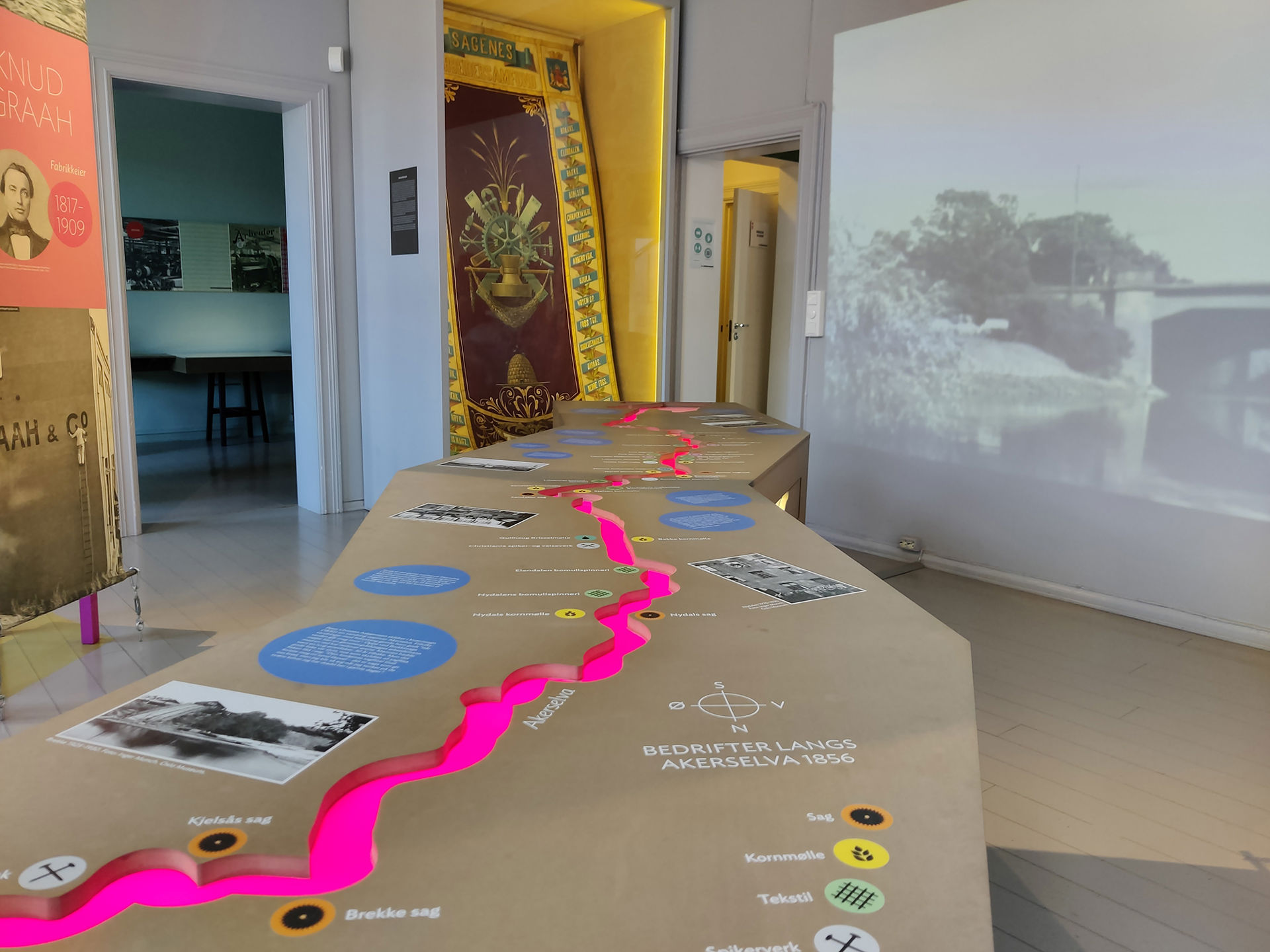
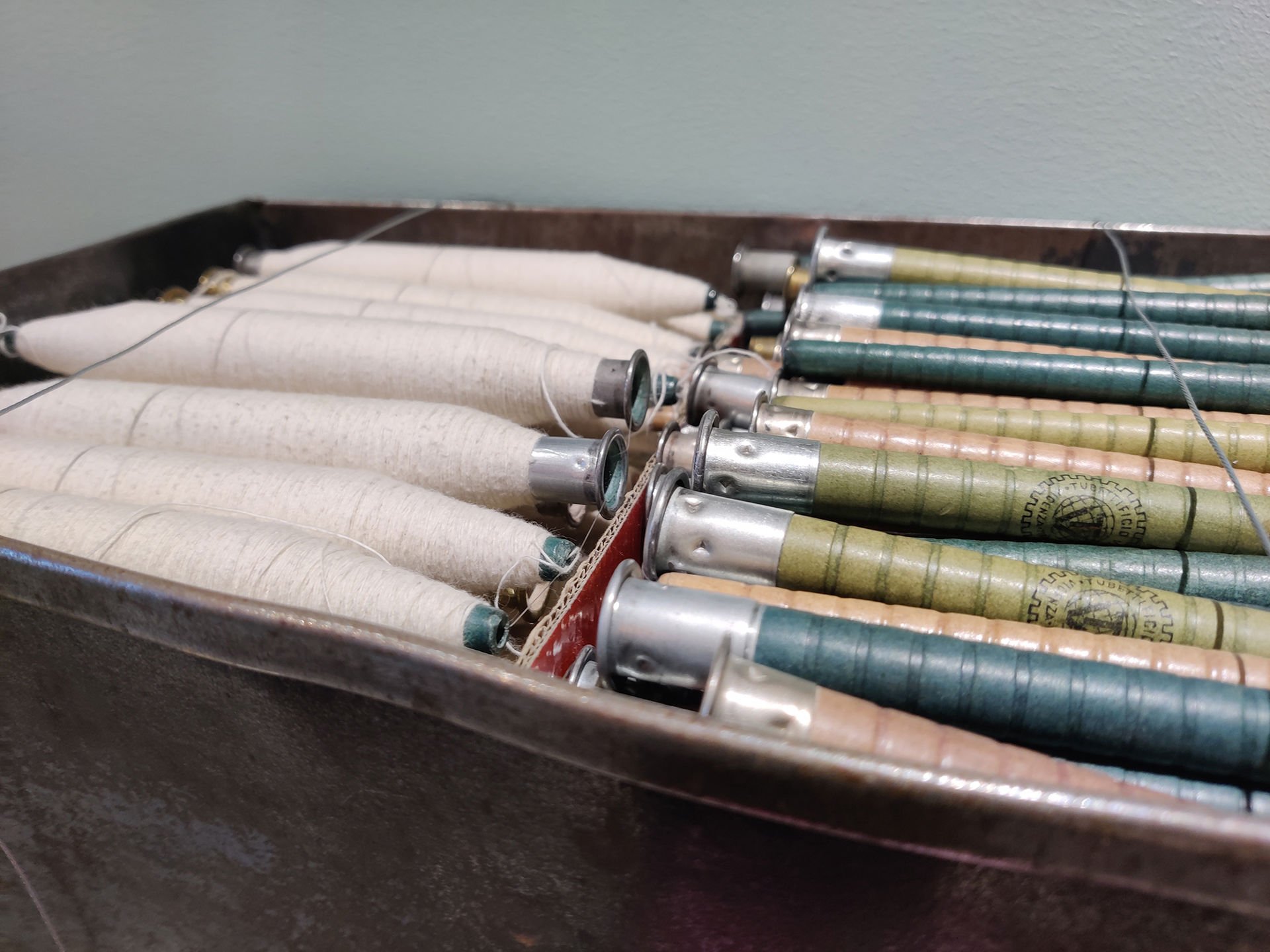
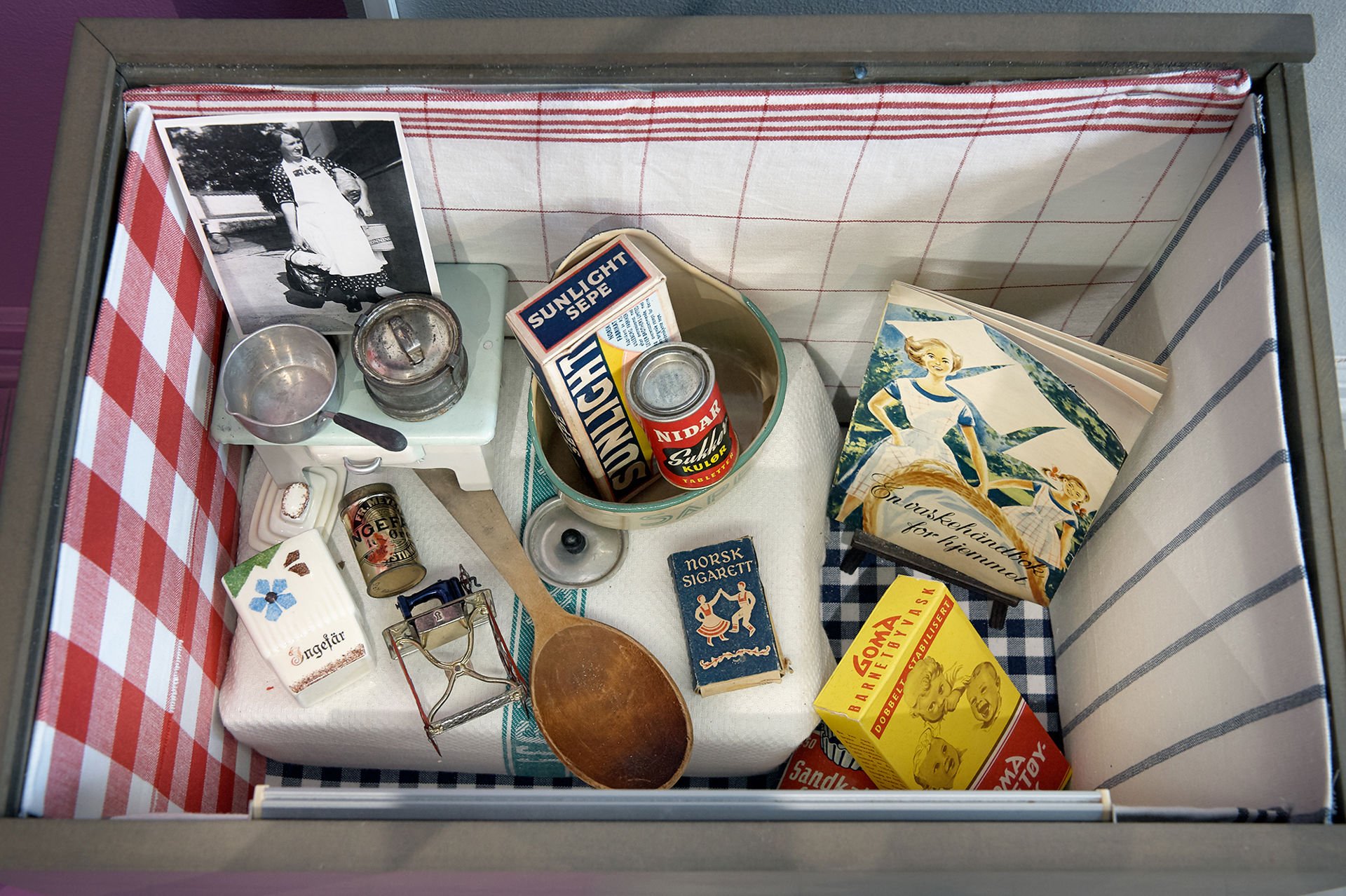
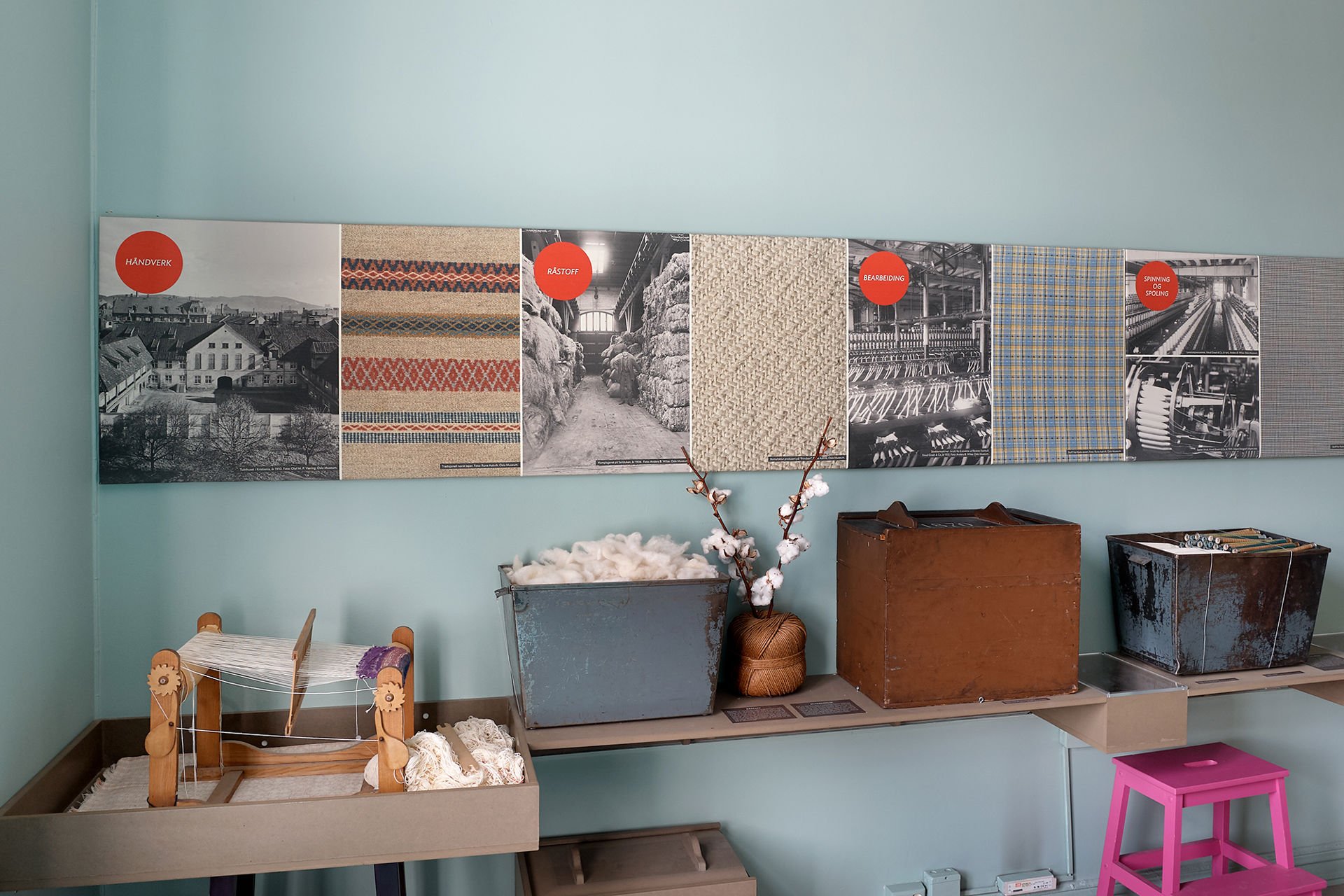
Get more out of your visit with an audio guide. The audio guide is free and available in Norwegian and English.
Download the Useeum app on your phone. Bring your own headphones. Search for "Arbeidermuseet" in the app to access the audio guide.
Google Play App Store
Regular opening hours
Saturday and Sunday: 11am–4pm
Summer opening hours
Thursday–Sunday: 11am–4pm (19.06–17.08)
Adults: NOK 60,-
Children and youth (under 26): Free admission
Free admission for one person accompanying a person with a disability.
Address: Sagveien 28
Take tram 11, 12 or 18 to Biermanns gate
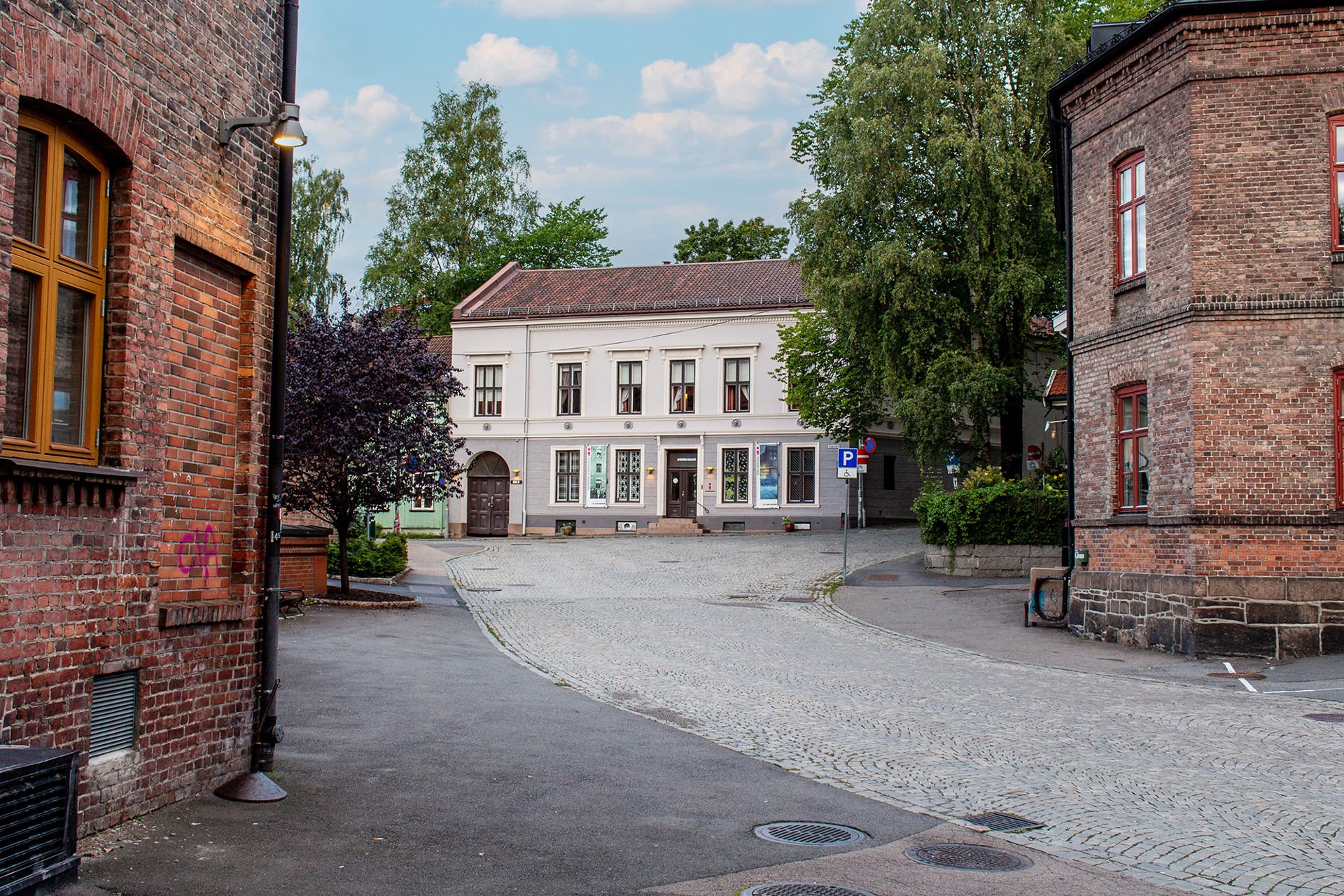
The Labour Museum is set in idyllic surroundings, in the former industrial area by the Akerselva river. Here, you can experience Oslo’s labour history and learn about the industrial adventure that unfolded along the river.
Your visit to the museum can be combined with a visit to our pleasant gift shop, and a cup of coffee with a Norwegian waffle at the cultural café Hønse-Lovisas hus.

An exhibition for the whole family. Step inside the big tram model, and explore the city's transport history in a fun and visual way.
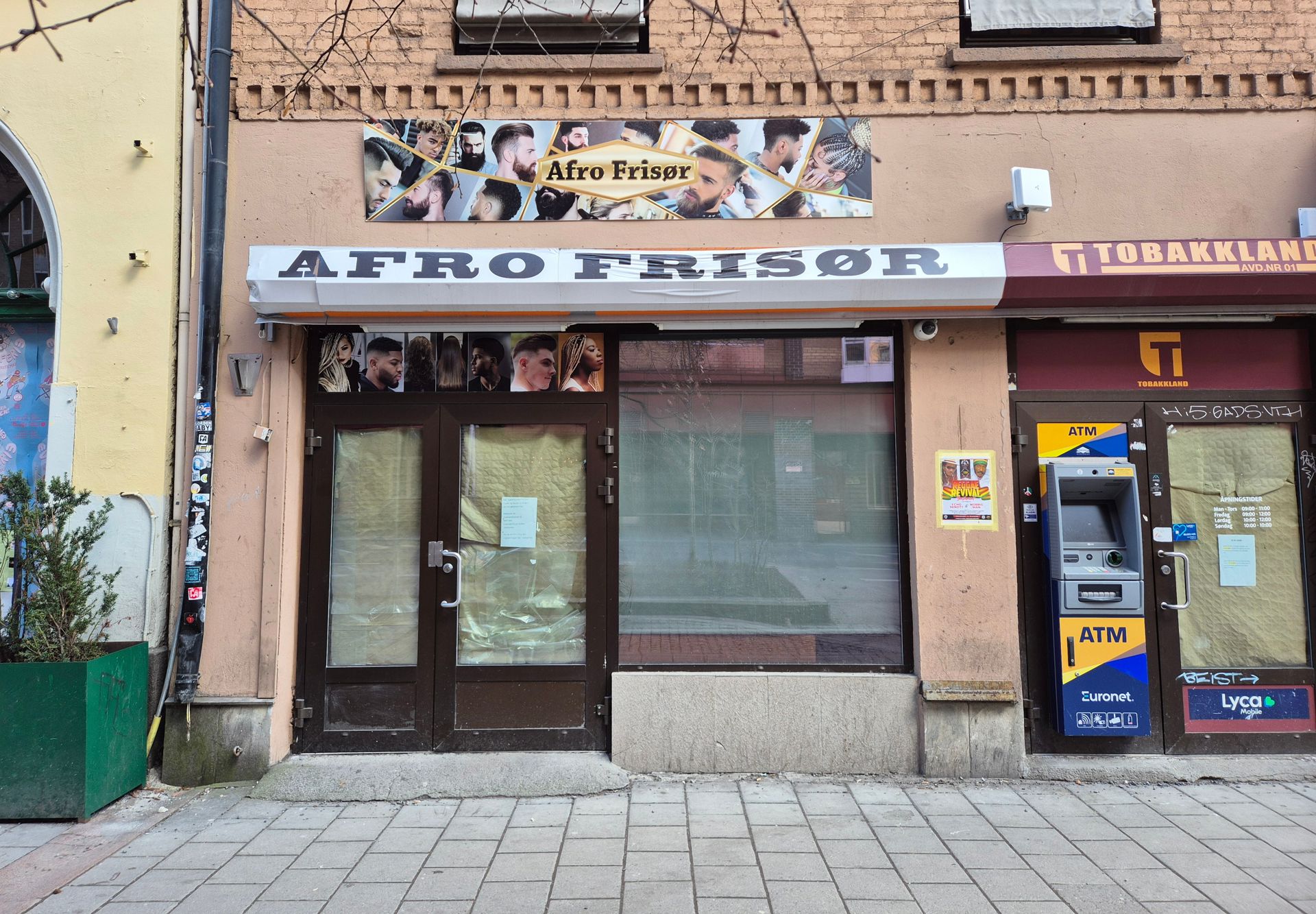
An exhibition about urban development, power and perspective. What values and visions for the city life of the future are shaping Oslo’s development?
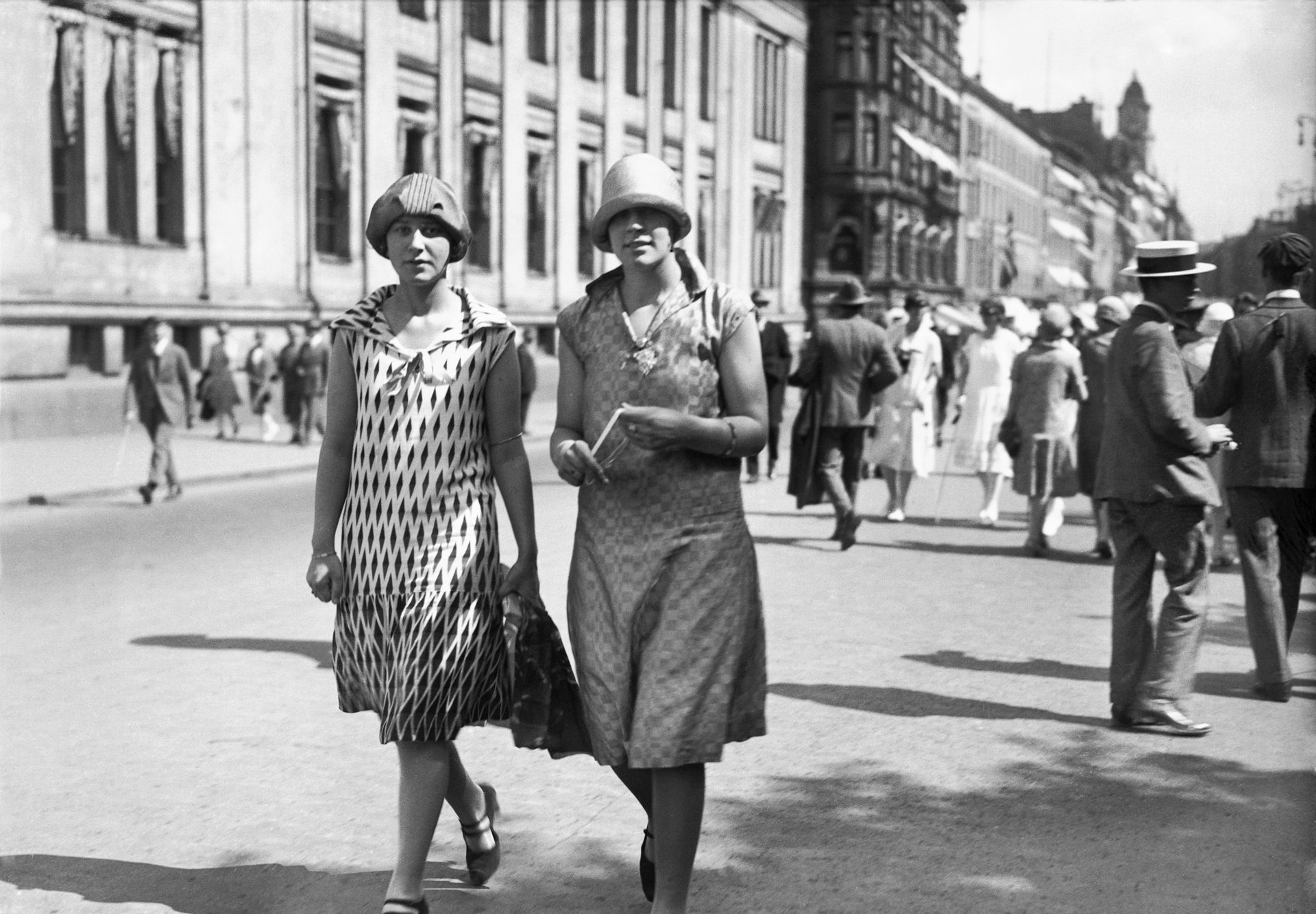
Life in Oslo in the 1920s: technological innovation, jazz, dance, and women’s liberation – but also social inequality, poor housing conditions, and political strife.

Who are we, the people who make up Oslo today? Meet some of the many people who have chosen to share parts of their lives.